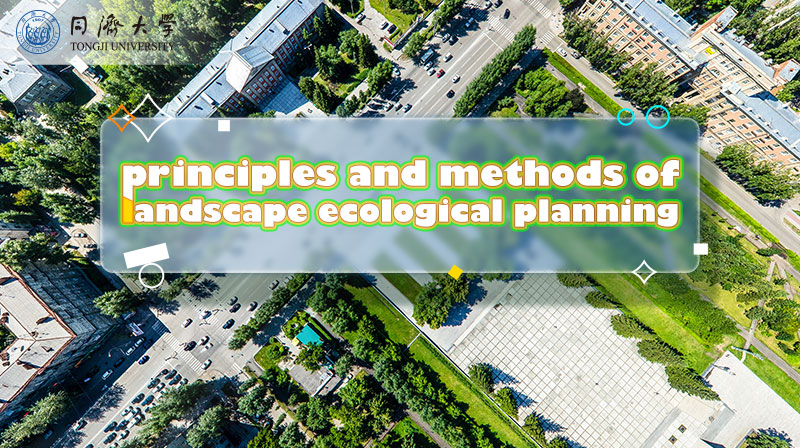第二章单元测试
- Landscape pattern theory believes that ( ) is a land complex formed by the coupling of patches, corridors and substrates.
- Landscape pattern theory believes that ( ) is the result of the adaptation of the landscape to the ecological process of the landscape and the action of the landscape environment.
- The scale of ecological processes can often be included ( ).
- Landscape processes mainly include natural ecological processes, environmental evolution and ( ).
- Landscape fragmentation can be measured from the ( ) aspect.
- The ecological risk of fragmentation is mainly ( ).
- Landscape networks can be divided into ( ) networks.
- The main indicators of landscape network measurement are ( ).
- Landscape ecosystem service theory provides ( ) basis for ecological network construction.
- The length, width and ( ) of the corridor are the three basic indicators for measuring the corridor.
- The goal of networking is to pursue high connectivity and ( ).
- Landscape ecosystem service theory provides ( ) basis for ecological network construction.
- Landscape ecology focuses on the systematic relationship between landscape pattern and ( ).
- Landscape pattern can be measured and characterized by a series of indices, ( ) are landscape pattern indexes .
- Landscape ecological space C-3P framework mainly includes ( ).
A:landscape B:landscape pattern C:landscape structure D:land
答案:landscape pattern
A:landscape structure B:landscape form C:landscape function D:landscape scale
答案:landscape form
A:site-dominated ecological processes B:climate-zone dominated ecological processes C:locally-dominated ecological processes D:regionally-dominated ecological processes
答案:site-dominated ecological processes###climate-zone dominated ecological processes###regionally-dominated ecological processes
A:gravity process B:wetland process C:species migration D:human process
答案:human process
A:number of patches B:patch density C:patch fragmentation D:average area
答案:number of patches###patch density###patch fragmentation###average area
A:habitat loss B:increased isolation C:connectivity drops D:shelter loss
答案:habitat loss###increased isolation###connectivity drops###shelter loss
A:habitat network B:patch network C:matrix network D:corridor network (branch network/loop network)
答案:patch network###corridor network (branch network/loop network)
A:corridor and corridor density B:node and node nensity C:network attachment D:network connectivity
答案:corridor and corridor density###node and node nensity###network attachment###network connectivity
A:supply and demand match B:ecological space supply priority C:network performance D:ecological space demand priority
答案:supply and demand match###ecological space supply priority###network performance###ecological space demand priority
A:network B:connectivity C:uniformity D:complexity
答案:connectivity
A:social justice B:accessibility C:fairness D:circularity
答案:accessibility
A:network performance B:priority of ecological space needs C:ecological space supply priority D:supply and demand match
答案:network performance###priority of ecological space needs###ecological space supply priority###supply and demand match
A:ecological flow B:landscape perception C:landscape process D:ecological process
答案:ecological flow###landscape process###ecological process
A:landscape roughness B:landscape complexity C:landscape fragmentation D:landscape diversity
答案:landscape roughness###landscape complexity###landscape fragmentation###landscape diversity
A:landscape perception B:landscape composition C:landscape process D:landscape pattern
答案:landscape perception###landscape composition###landscape process###landscape pattern
温馨提示支付 ¥3.00 元后可查看付费内容,请先翻页预览!

